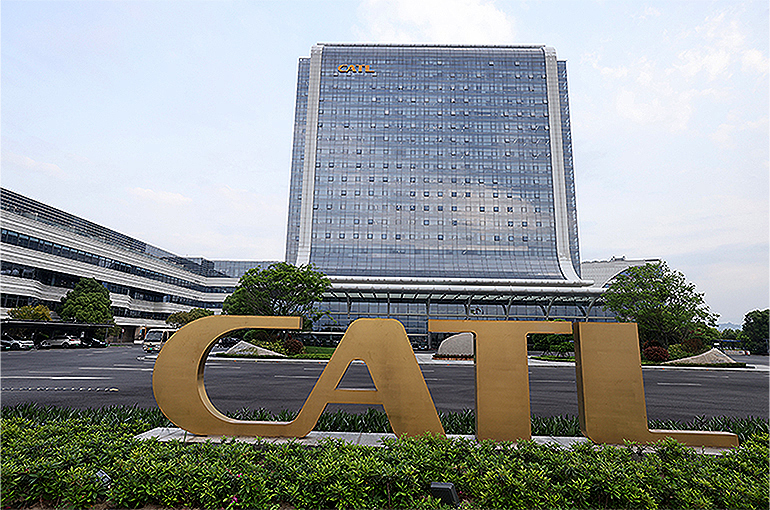 CATL’s Chief Says Half of China's Heavy Trucks May Be Electric by 2028
CATL’s Chief Says Half of China's Heavy Trucks May Be Electric by 2028(Yicai) May 19 -- Heavy‑duty electric trucks are rapidly gaining market share in China and may account for half by 2028, according to the chairman of battery giant Contemporary Amperex Technology.
The Chinese market share of heavy electric trucks may surge to 50 percent over the next three years from 10 percent last year, Zeng Yuqun said at yesterday’s launch event for CATL's No. 75 standardized battery swap pack for heavy trucks and its all-scenario chassis-based swapping solution.
CATL plans to build a green battery swap network covering 80 percent of China’s freight trunk lines by 2030, with the aim of making five-minute recharges available to new energy heavy trucks, Zeng noted. The Ningde-based firm can build battery swap stations in batches along major transport routes using the new No. 75 pack, thereby further reducing swapping costs, he added.
Heavy truck routes are generally fixed, so building swap stations along those corridors requires relatively low total investment and straightforward technology, especially for short‑haul trucks with fixed operations, an expert on commercial vehicles told Yicai.
Those using CATL's swap solution already save 62 Chinese cents (9 US cents) per kilometer in power costs compared with those using fossil fuels and 20 Chinese cents compared with trucks running on natural gas, said Yang Jun, chief executive of its battery swap unit Times Electric Service. Battery-swapping heavy trucks are probably the future of the industry, he noted.
CATL's product development is based on three principles: feasible technical routes, mass production capability, and a sustainable profit model, according to Zeng.
"As heavy trucks contribute 43 percent of road traffic carbon emissions, their electrification is crucial for China's transport sector to achieve dual carbon goals," noted Sun Fengchun, a member of the Chinese Academy of Engineering.
The Chinese market share of new energy commercial vehicles, including heavy trucks, was only 17.9 percent last year, while that of new energy passenger cars reached almost 48 percent and will likely surge to 57 percent this year, according to data from the China Passenger Car Association.
Editors: Tang Shihua, Martin Kadiev